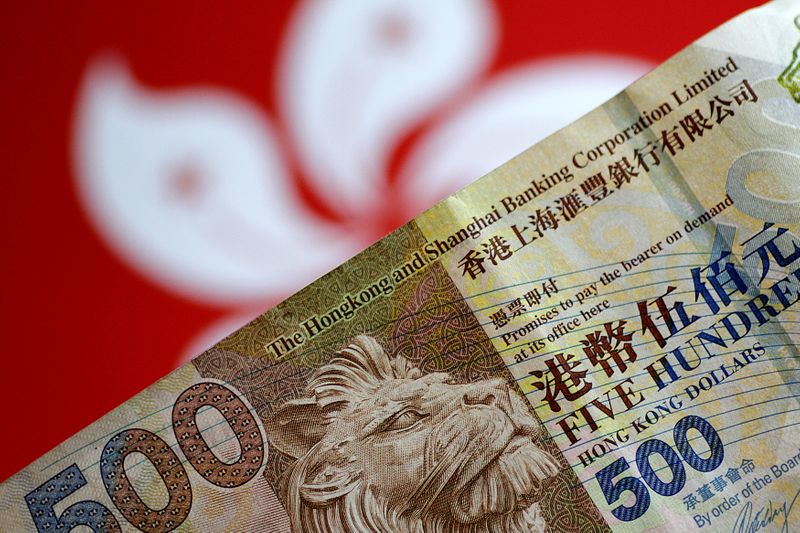
FILE PHOTO: A woman counts U.S. dollar bills at her home in Buenos Aires, Argentina August 28, 2018. REUTERS/Marcos Brindicci
July 10, 2020
By Hideyuki Sano
TOKYO (Reuters) – The yen rose to a two-week high and risk-sensitive currencies slid on Friday after a surge in new coronavirus infections in the United States further undermined the case for a quick turnaround in the economy.
More than 60,000 new COVID-19 cases were reported across the United States, the largest single-day tally by any country in the pandemic so far, discouraging some American consumers from returning to public spaces.
Some Asian cities that had appeared to have contained the disease, such as Tokyo, Hong Kong and Melbourne, have seen an alarming spike in cases, dampening the mood further.
The caution helped to drive the safe-haven yen by 0.25% to a two-week high of 106.93 per dollar <JPY=>.
The dollar gained against most other currencies, with its index <.DXY> gaining about 0.2% to 96.919 from a near one-month low of 96.233 touched on Thursday.
The Swiss franc, another safe-haven, flirted near a six-week high against the euro, at 1.0619 franc per euro <EURCHF=>.
Against the dollar, the franc changed hands at 0.9419 per dollar <CHF=> after having touched a four-month high of 0.93625 to the dollar.
The euro shed 0.1% to $1.1273 <EUR=>, slipping back from a one-month high of $1.1371 on Thursday.
Thursday’s weekly data showed the number of Americans filing for initial jobless benefits dropped to a near four-month low last week.
Still, with companies from retailers to airlines announcing job cuts and furloughs, the outlook remained highly uncertain.
There were 32.9 million people receiving unemployment checks, putting together all programs, in the third week of June, up 1.411 million from the middle of the month.
“Although we have seen improvements in economic data, people are beginning to think that is just a natural outcome of economic reopenings. Now they are starting to worry more about increasing infections,” said Minori Uchida, chief currency strategist at MUFG Bank.
Many risk-sensitive currencies took a step back following their rally in recent weeks.
The Australian dollar lost 0.5% to $0.6929 <AUD=D4>, off Thursday’s one-month high of $0.7001.
The yuan was down about 0.2% at 7.0115 yuan per dollar <CNH=>, having touched near-four-month high of 6.9808 on Thursday.
The Chinese currency has fared better than most other risk sensitive currencies this week, so far gaining almost 1%, supported by hopes of capital inflows as Chinese share prices have surged after Beijing indicated it wants a healthy bull market.
In addition to stock investments and hopes of a recovery in the world’s second-biggest economy, higher China debt yields are also attracting foreign capital, said Dmitriy Vlasov, portfolio advisor at East Capital in Hong Kong.
“We have had quite a big inflows in the fixed income markets as interest rate differentials are also leading to the appreciation of the yuan.”
Graphic: World FX rates in 2020 https://graphics.reuters.com/GLOBAL-CURRENCIES-PERFORMANCE/0100301V041/index.html
(Reporting by Hideyuki Sano; Editing by Lincoln Feast, Shri Navaratnam & Simon Cameron-Moore)

